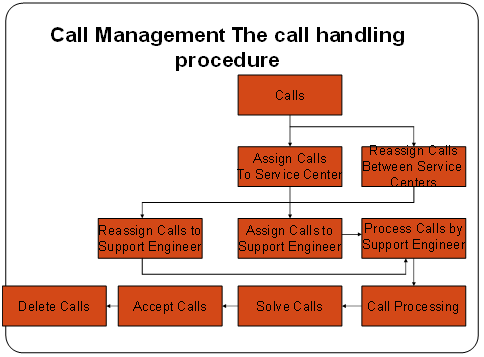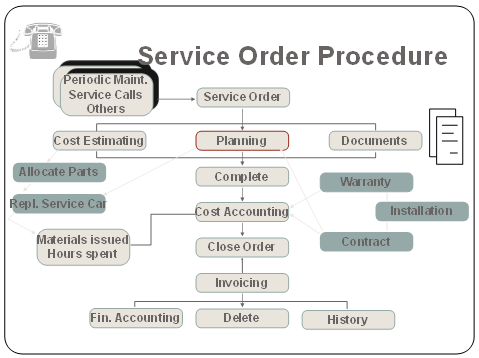Why are Companies Constantly Upgrading their ERP Systems?
April 3, 2025
 Why are Companies Constantly Upgrading their ERP Systems?
Why are Companies Constantly Upgrading their ERP Systems?
Enterprise Resource Planning (ERP) is the lifeblood of any business today. Any business, be it a medium scale enterprise or a multinational corporation relies extensively on the use of Enterprise Resource planning systems. This is the reason why these systems tend to be very expensive. There are mega-corporations like SAP and Oracle, which make billions…
 Turbo Charging ERP with BI and CPM
Turbo Charging ERP with BI and CPM
Business Intelligence (BI) – An ERP product provides hundreds of standard reports, generated weekly or monthly or year end basis which acted as a hardcopy dashboards within the organization. In order to improve report generation functionality, an ERP system provides various report writing tools (such as crystal report writer, safari report writer) as well as…
 Users Interface and Users Management in ERP System
Users Interface and Users Management in ERP System
Users interface directly impact usability of an ERP system. A properly designed user interface provides proper accessibility to the intended functions of the system and enables execution of transactions. Earlier users accessed the system with dumb terminals (ASCII) which had lot of usability deficiencies and this led to subsequent adoption of Graphical Users Interface (often…
Proper operation of a help desk is an essential component of proper servicing and resolution of problems.
Service module of an ERP system assists organization to respond promptly both in respect of internal and external customers and gain valuable management data which helps in retaining customers as well as improve internal operation of the organization.
Service module normally provides an useful call handling system, which often offers a link to field force automation.
Process of call handling:
The concept is best illustrated by the following diagram:

Call handling sub module also provides a diagnostic component. This helps in creating a fault analysis tree of questions, answers, problems and solutions. It can be used by the support engineer to get answer s for problems that have been reported earlier.
Service Order Control: A service order is a schedule of service activities. These activities involve external field service arising out of customer call and external preventive maintenance activities. These activities also involve internal preventive maintenance as well as well as internal field services. Return material processing and tools repair are also part of service order control. The activities of service order control sub module is best illustrated by the following diagram:

Service Order Processing: Service order control is the focal point of a service module and uses data from the following interconnected modules:
Service Order control uses following procedures:
Your email address will not be published. Required fields are marked *